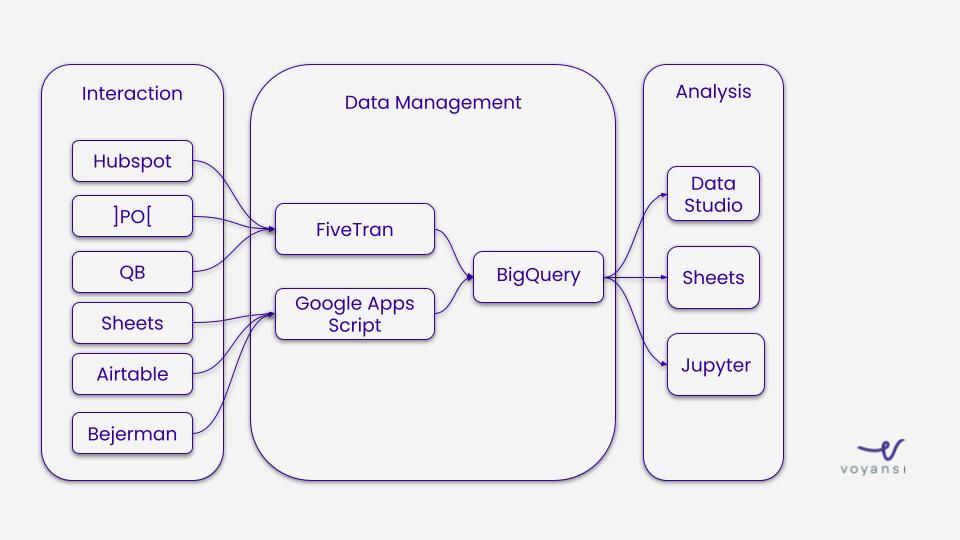Making the Business Case for BIM
Hopefully, you got a chance to read our blog last week. My colleague Mike “the photographer” wrote a short piece on one of his favorite conference anecdotes: the Kodak Story and the dangers of not innovating. Long story short, if you think photography today, it’s not Kodak, but rather Apple, Sony, Samsung, or maybe Nikon. What happened? Lack of desire to be at the cutting edge of technology.
If you’re reading this today, you are probably anxious to implement BIM but are wondering how you sell it to leadership. You know that a move to BIM is more than just an update to the “latest and greatest” CAD tools. Within an organization, capital expenditure approval involves not only calculating your overall project cost but also showing the justification for spending that money in the first place. Even if you believe the purchase is necessary and reasonable, you have to convince your other colleagues.
If you’re reading this article, you probably already know that it’s essential to implement BIM, so I want you to reframe your mindset before making the business case. The starting point is a technological renovation that, far from being thought of as an expense, should be viewed as an investment in the future. You know you need to invest in your organization’s future, so the question really is: How do you prove it to skeptical stakeholders?











